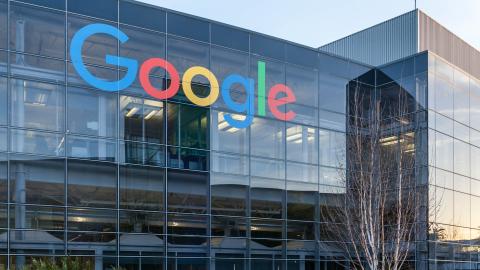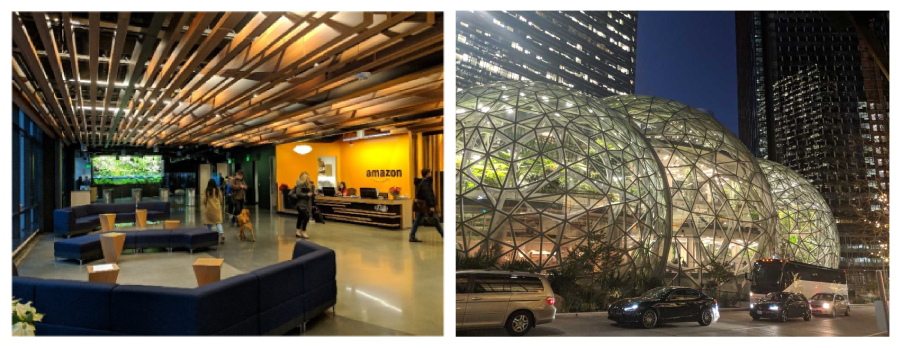
Smart speakers have emerged as one of the most quickly adopted consumer electronic devices ever, and virtual voice assistants like Alexa and the Google Assistant are flourishing in the market. For utilities, these platforms represent compelling new channels to help them connect with customers and support goals around energy efficiency, demand management, new rate structures, customer outreach and education, branding, and contact center call volumes.
We wrote about these opportunities (and existing utility efforts around voice) in our 2018 white paper Voice Control Changes Everything: Why Utilities Should Care About Virtual Assistants. To help utilities take the next steps in this emerging space, we organized a meeting of innovative utilities at the Amazon headquarters in Seattle in December 2018 to do a deep dive into the future of voice and energy.
The conversations ranged from talks on the nuances of skill development for Alexa to high-level strategic discussions about Amazon’s approach to energy. Here are a few interesting takeaways.
Voice is a big deal
Amazon is seriously focusing on Alexa. It’s dedicating thousands of employees; rapidly integrating Alexa functionality into new sectors such as hospitality, smart communities, single multifamily housing, vacation rentals, and senior housing; and heavily leveraging existing manufacturer partnerships to help drive new Alexa functionality as quickly as possible across thousands of devices. Not only is Amazon seeing huge sales of smart speakers, but it estimates that voice searches now represent 10% of all internet search traffic and expects to see the number of monthly voice searches roughly quadruple by 2020.
Improved customer experience and reduced call volumes in contact centers appear to be the most immediate business cases for utilities to pursue voice development at present.
There are solid business cases for utilities to embrace voice
Improved customer experience and reduced call volumes in contact centers appear to be the most-immediate business cases for utilities to pursue voice development. More-sophisticated home automation (which could support energy-efficiency and demand-management efforts) is quickly evolving—as is artificial intelligence to help control it—but it’s not quite ready for prime time. However, the majority of utilities represented agreed that, in the future, virtual assistants will likely connect to most devices in the home and help residential customers create smart home systems to manage their energy use. And it appears that the new generation of smart speakers with screens (like the Amazon Echo Show or the Google Home Hub) may be particularly well-suited to utility needs since they can display trends in energy usage, show utility-produced videos on various topics, or be used in many other ways.
Designing skills or actions requires a new, more-customer-centric approach
Voice is inherently different from other communication channels, and customers use virtual voice assistants differently at different times of the day. It’s important to understand customer use cases and best practices around voice design to effectively create engaging and relevant skills or actions for Alexa or Google Assistant (respectively). It’s also important to address any privacy concerns that users may have, and Amazon has built strong privacy protections at the hardware level to avoid the possibility of Alexa devices eavesdropping on customers.
Other industries to watch
Utilities may want to look for inspiration in sectors that are leaders in developing skills for Alexa, such as telecom, cable TV, subscription TV services (such as Netflix, Hulu, etc.), and ride-sharing services (such as Lyft and Uber).
